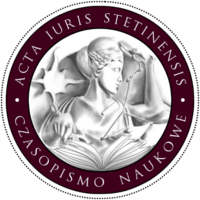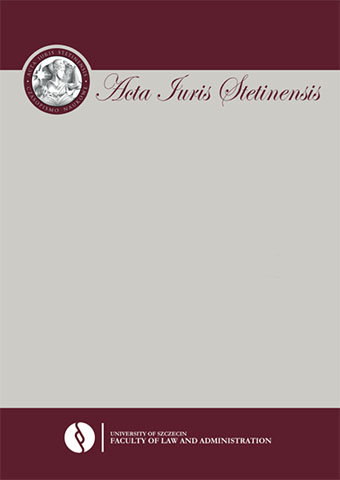| 1. | Altenpoht M., Der urheberrechtliche Schutz von Forschungsresultaten, Bern 1987. |
| 2. | Barrelet D., Egloff W., Das neue Urheberrecht, Bern 2008. |
| 3. | Barta J., Markiewicz R., Matlak A., System prawa prywatnego. Prawo autorskie, t. 13, Warszawa 2017. |
| 4. | Błeszyński J., Staszków M., Prawo autorskie i wynalazcze, Warszawa 1983. |
| 5. | Fichte J.-G., Beweis der Unrechtmäßigkeit des Büchernachdrucks, „Berliner Monatsschrift” 1793, t. 21, s. 433. |
| 6. | Hilty R.-M., Das Urheberrecht und der Wissenschaftler, GRUR Int. 2006, s. 179. |
| 7. | Hubmann H., Der Rechtsschutz der Idee, UFITA 1957, nr 24, s. 7. |
| 8. | Kohler J., Urheberrecht an Schriftwerken und Verlagsrecht, Stuttgart 1907. |
| 9. | Kopff A., Dzieło sztuk plastycznych i jego twórca w świetle przepisów prawa autorskiego, Kraków 1961. |
| 10. | Kopp L., Die Freiheit der Idee und der Schutz von Schriftwerken, Tübingen 2014. |
| 11. | Markiewicz R., Dzieło literackie i jego twórca w polskim prawie autorskim, Kraków 1984. |
| 12. | Olesiak B., Problem wartościowania utworu artystycznego ze szczególnym uwzględnieniem relacji utworu do jego fundamentu bytowego, „Zeszyty Naukowe Uniwersytetu Jagiellońskiego” 2017, nr 1, s. 95. |
| 13. | Poźniak-Niedzielska M., Niewęgłowski A., Pomysł jako przejaw twórczości w świetle prawa autorskiego, w: Spory o własność intelektualną. Księga jubileuszowa dedykowana Profesorom Januszowi Barcie i Ryszardowi Markiewiczowi, Warszawa 2013, s. 848. |
| 14. | Sokołowska D., Pojęcie i postaci utworu w świetle prawa autorskiego, RPEiS 2015, z. 2, s. 75. |
| 15. | Stieger W., Das Urheberrecht schützt nur die Form. Eine überholte Binsenwahrheit, Festschrift Lucas David zum 60. Geburtstag, Zurych 1996, s. 243. |
| 16. | System prawa prywatnego. Prawo autorskie, t. 13, red. J. Barta, Warszawa 2017. |
| 17. | Traple E., Dzieło zależne jako przedmiot prawa autorskiego, Warszawa 1979. |
| 18. | Ulmer E., Urheber-und Verlagsrecht, Berlin 1980. |
| 19. | Ustawa o prawie autorskim i prawach pokrewnych. Komentarz, red. P. Ślęzak, Warszawa 2017. |
| 20. | Waiblinger J., „Plagiat” in der Wissenschaft, Freiburg 2012. |






